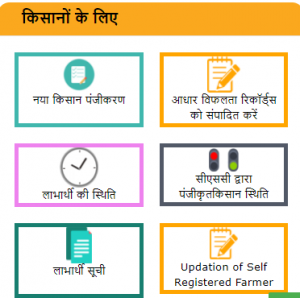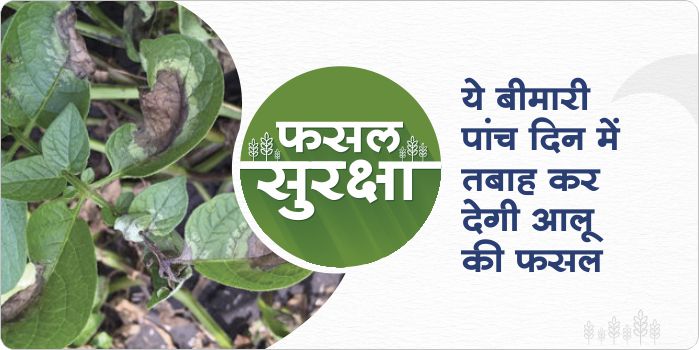The seventh installment of PM Kisan Samman Nidhi Yojana will reach the account of about 11.35 crore farmers after a few hours. This installment of 2000 rupees under this scheme will be the third installment of this financial year which will start coming from December 1. If you too are waiting for the 7th installment, then definitely check your name in the list.
To see the list through an online medium:
- You have to go to the website ? pmkisan.gov.in and go to the ‘Farmer’s Corner’ in the menu bar.

- Click on the ‘Beneficiary List’ link here and then enter your state, district, sub-district, block and village details.
- After doing all this, click on the Get Report button. After doing this, you will get a complete list where you can search your name.

- If there is no name in the list, you can complain to the helpline number 011-24300606.
Source: Live Hindustan
Share










